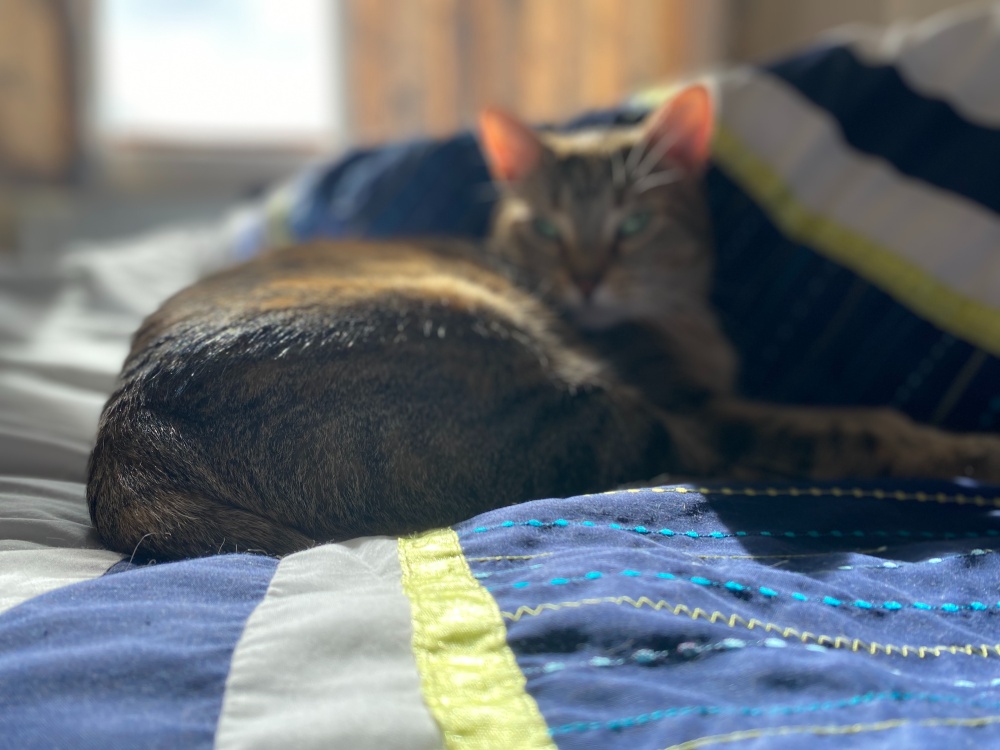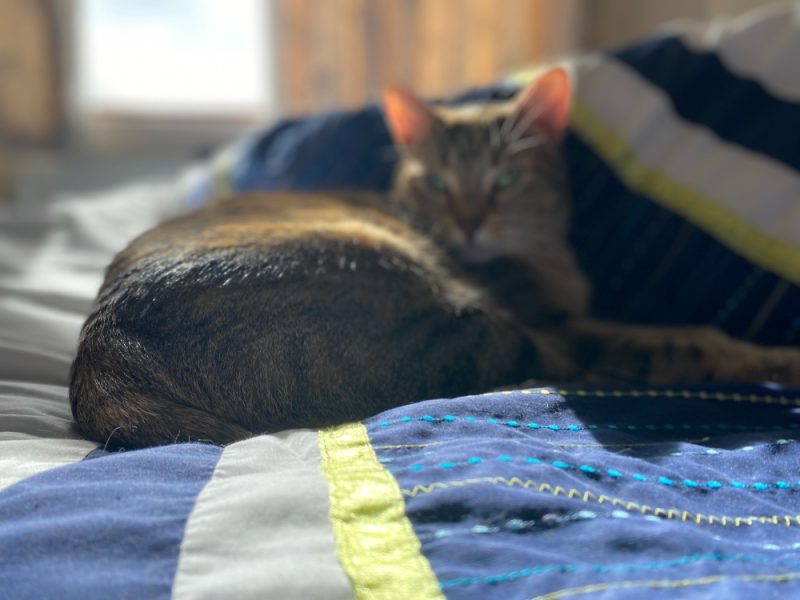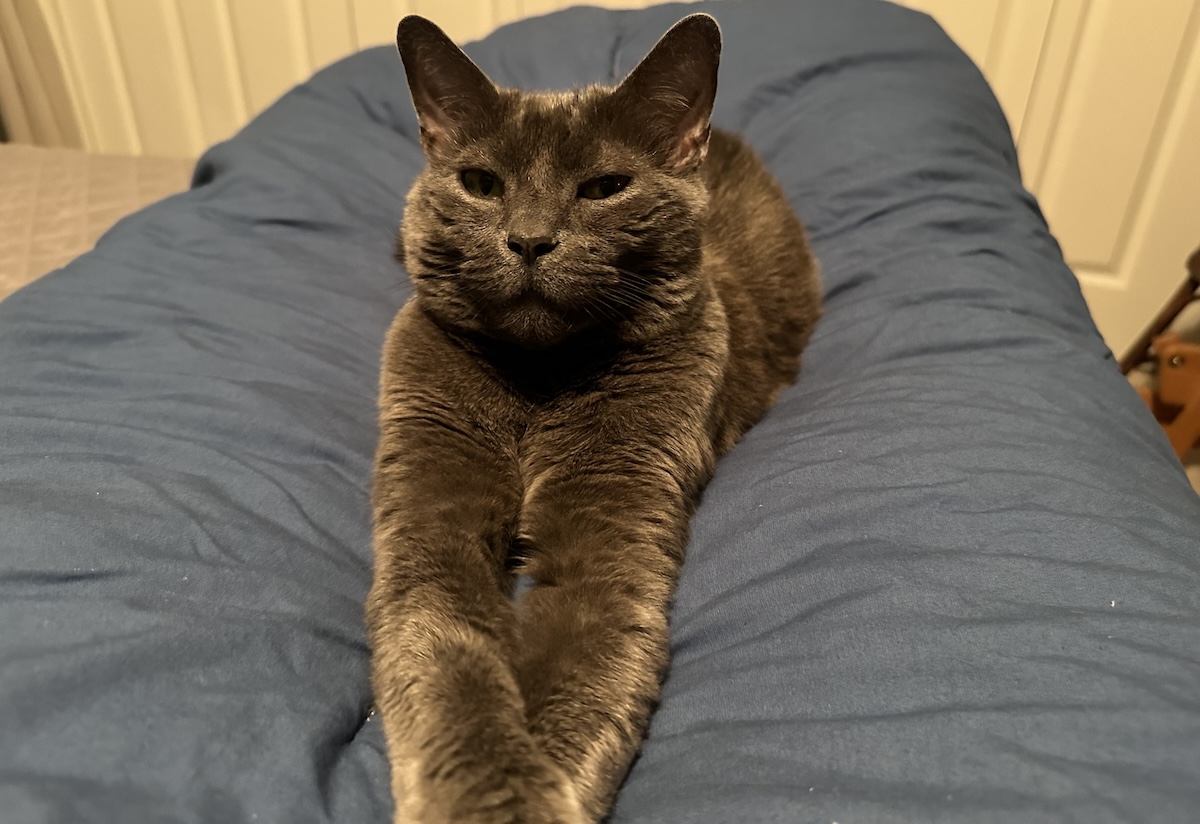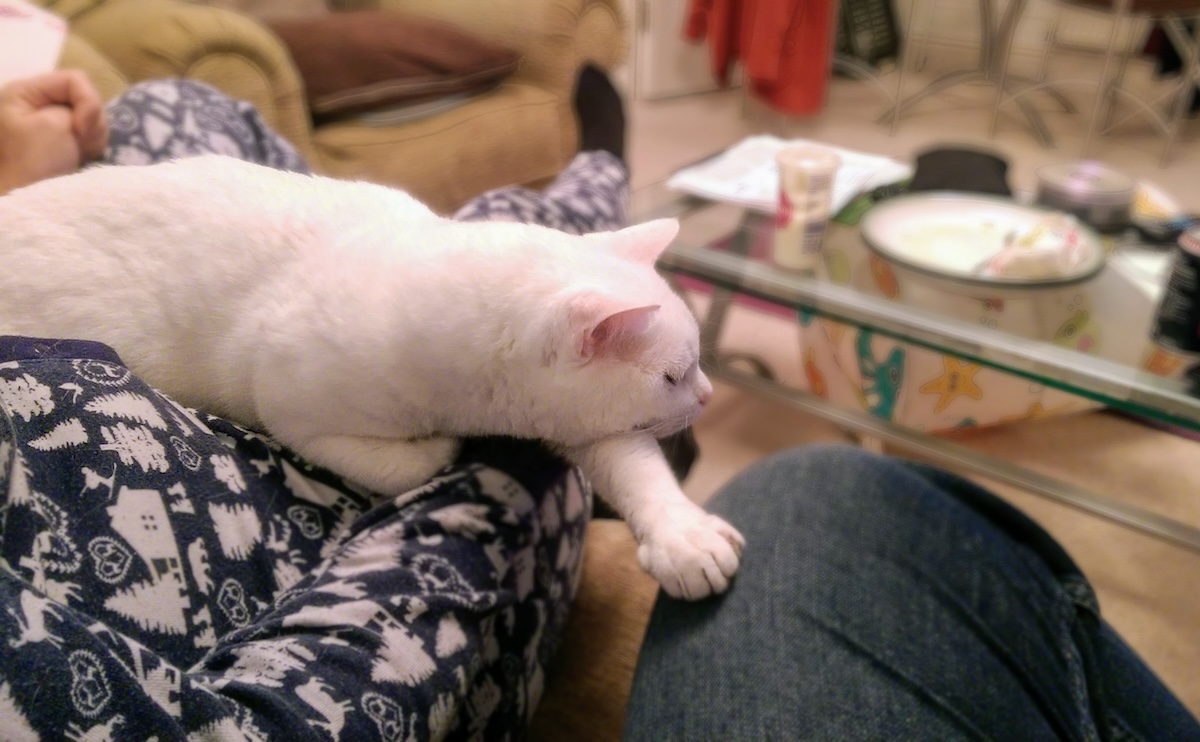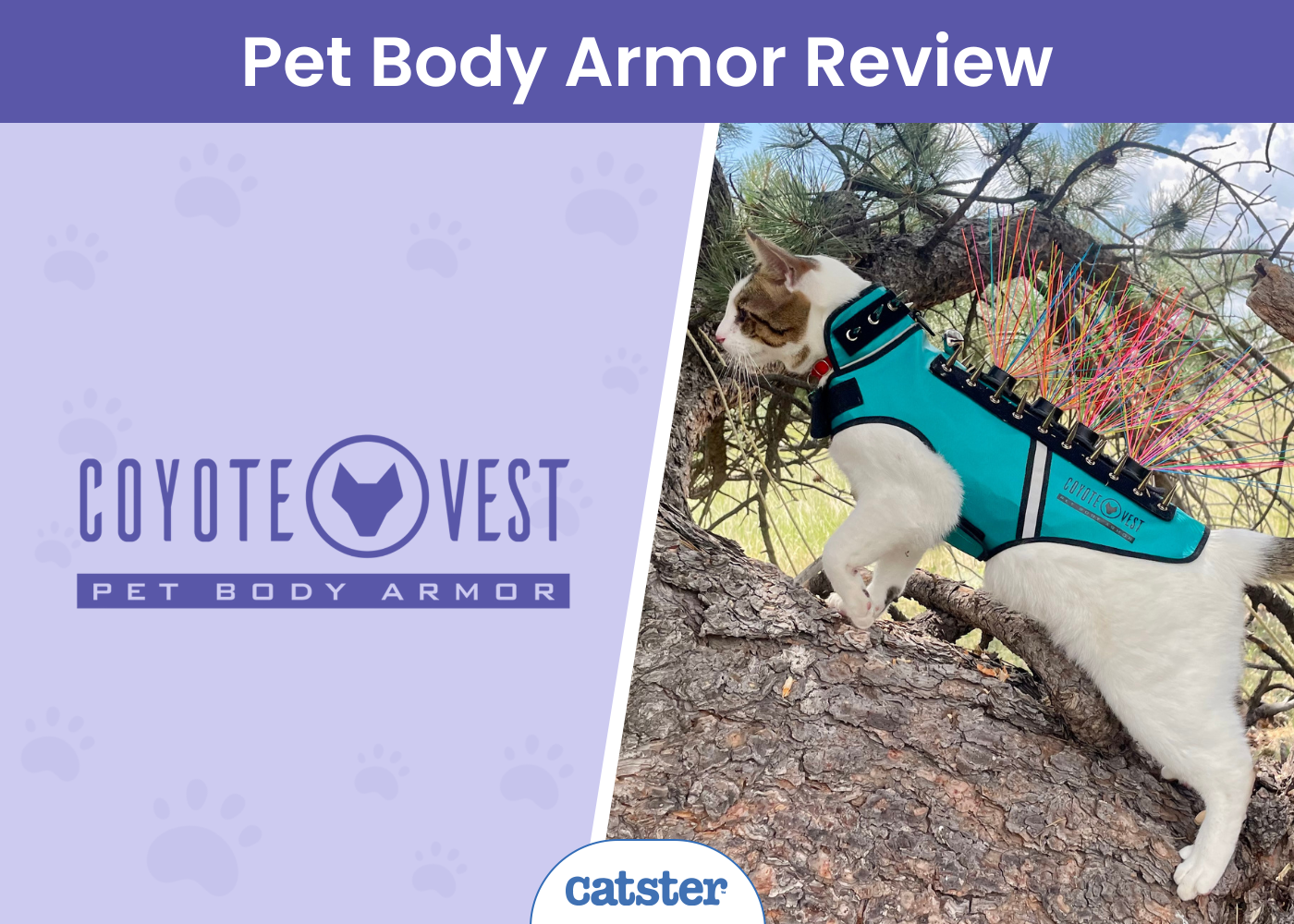Hi, I’m Dr. Lauren! Read my introduction to learn more about me and my two adventurous cats, Pancake and Tiller.
Poop. We all might shudder a bit when the topic arises. But touching it? Looking at it? Quantifying and qualifying it? That’s a whole different level of “eww” for many of us.
But what if we reframed these negative connotations about poo, into a positive?
This week’s article aims to provide just that insight, and show you just how your cat’s stool can be useful for indicating your cat’s health, happiness, and beyond. We often think long and hard about what goes into our cats: e.g. food- is it healthy, tasty, how often and how much should we feed…but we often spend little to no time on what is coming out of our cats. Yet it can be equally important. Let’s change that.
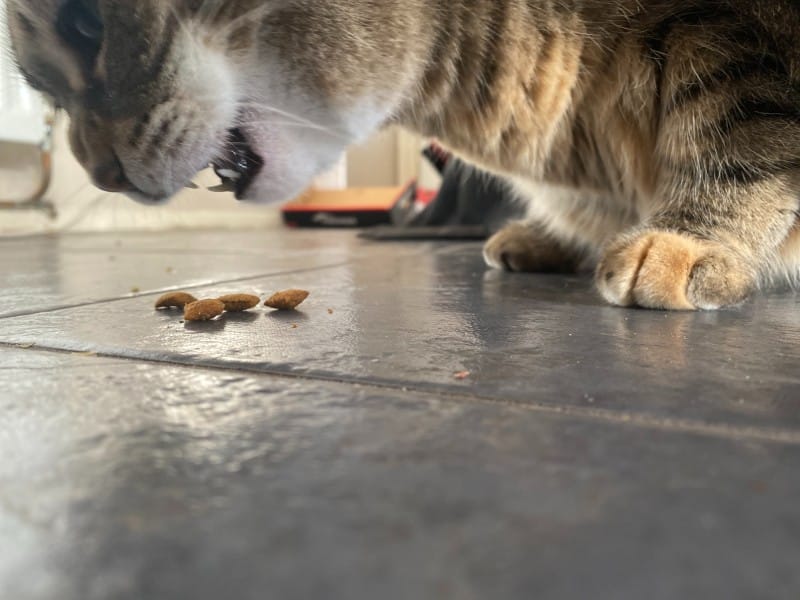
Rethinking Cat Poop
So, what is poop? Essentially, it’s what is leftover from eating, that the body couldn’t digest, or wanted to eliminate. In humans, poop is around 76% water, the frequency of defecation is predominantly determined by the ingestion and amount of fiber, and the average number of stool productions is around 1.2 daily.1 Though published data is sparse, it’s likely fair to say that cats are similar. Additionally, just like people, one study in cats found that there is huge variation in the length of time it takes to digest food depending on the individual.2 (Importantly, this same study found as a side note that dry pilling your cat, e.g., giving your cat a pill without food or water– led to 3 out of 17 cats having the pill stuck in their esophagus for over an hour!) But now, back to poop!
Poop also reflects the overall health of the producer. Too firm, and there may be dehydration. Too wet, and the body isn’t absorbing all the water from the stool. (Note, this is not due to an excess of water! I have had many clients over the years that tell me they stop feeding their cat wet food because their cat’s stool was too soft, or their cat had diarrhea! Nope! The colon had an issue, and couldn’t absorb the water before the stool left the body. It wasn’t the amount of water itself! And canned food is great for cats, so please don’t fall into that trap of thinking canned food causes diarrhea by containing too much water!)
Poop also reflects the amount, type and distribution of bacteria living in the digestive tract, also referred to as the microbiome. This has become a buzzword area of medicine in recent years, looking at everything from how the microbiome contributes to gut health, but also brain, kidney and heart health, as well as the immune system. And new data is continually forthcoming! For instance, a recent publication found that certain probiotic strains may significantly reduce skin allergies in certain cats. Sounds like a big deal? It is. All of this is simple, easy, side-effect-free medicine that is cost-effective, and safe. What’s not to love?
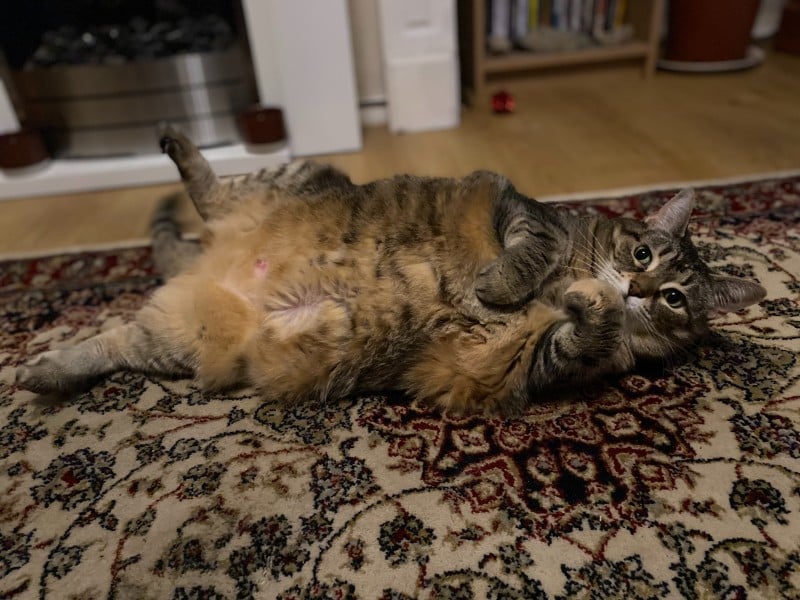
What Is a Fecal Transplant?
Did you know that in human and feline medicine we can use something called fecal transplants to help with chronic diarrhea or other conditions? I’ve met many people who have spoken about their positive experiences with FMT: fecal microbiota transplants.
As a vet, I’ve had some amazing results in my own patients, including my first FMT patient that I’ll call Jesse, who was a 16-year-old Domestic Shorthair diabetic with many years’ history of diarrhea. His owners were ready to euthanize him after trying years of medications aimed to improve his stool, and his quality of life was poor, but a fecal transplant bought him almost an extra year- with normal stool appearing within 24 hours of his transplant.
Basically, the process is similar to blood donation—just involving a different organ. A donor cat (healthy and screened for fecal parasites) provides stool, which is then liquified and used to populate the recipient cat’s fecal tract, therefore transplanting healthy bacteria. It’s an amazingly simple, and yet effective, process. It’s not always curative for patients, but it can be a good tool in the diarrhea arsenal. Medicine can be both functional and mind-aweing, at times! The gut, quite simply, is quite simply powerful.
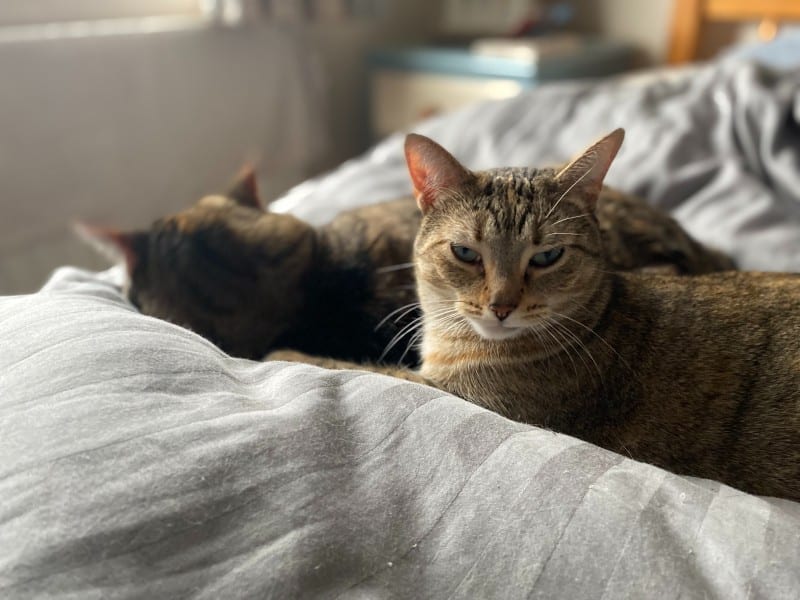
Rules of Thumb for Cat Poop
So, where does this all leave us? Cleaning the litter box may be a drag (or litter tray, for those so inclined), but the information it can provide is proverbial gold. Here are a few rules of thumb, when it comes to feline feces:
- Overall consistency should be pliable, but firm. Since we all like food, using a Snickers bar analogy: you should be able to deform it, but the stool should still be firm. (Hopefully no one is eating lunch or dessert while reading this!)
- Color: a light to dark brown. Black can indicate digested blood. I’ve also had clients start new foods that led to color changes in their cat’s feces. A whitish color can mean a lack of pancreatic enzymes, though this is uncommon in cats.
- Smell: highly malodorous or smelly stool may indicate an issue, such as microbiome upset. But all stool will smell to some extent- that is normal!
- If using probiotics, use one recommended by your veterinarian. Many probiotics do not meet label claims when tested, therefore using one that actually stands up to scrutiny is important. In one study, only 2 of 25 tested probiotics actually matched product labelling. I personally tend to use Fortiflora to start, as many cats like the taste, and it’s easy to use, in addition to meeting label claims.
- Middening is the term for cats defecating inappropriately. In indoor cats, this means outside the litter tray. It can indicate communication about stress, or even dislike of the litter box or litter. Speak with your vet, if this is occurring. Middening should not be confused with cats that go to the tray, but defecate over the edge, or miss the box.
- Size: Most feline feces is around the diameter of the average human finger. If it’s extremely thin, say pencil diameter, this can indicate a narrowing or stricture of the intestinal tract, and should be investigated. If it’s very large, it can indicate intestinal motility issues, and should also be mentioned to your vet.
- Never be afraid to take photos of your cat’s stool if something doesn’t look right. Similarly, a video of them in the box can help your vet to see and share any concerns you may have!
The old saying goes: it will all come out in the end. In this instance of poop, certainly, that is true. Health indicators, and gastrointestinal function, can all be assessed by looking at what your cat leaves behind. Hopefully, this sheds some new light on the daily cleaning of the box, and gives you something else to think about during the time you are cleaning, making cleaning the box both functional, and thought-provoking!

